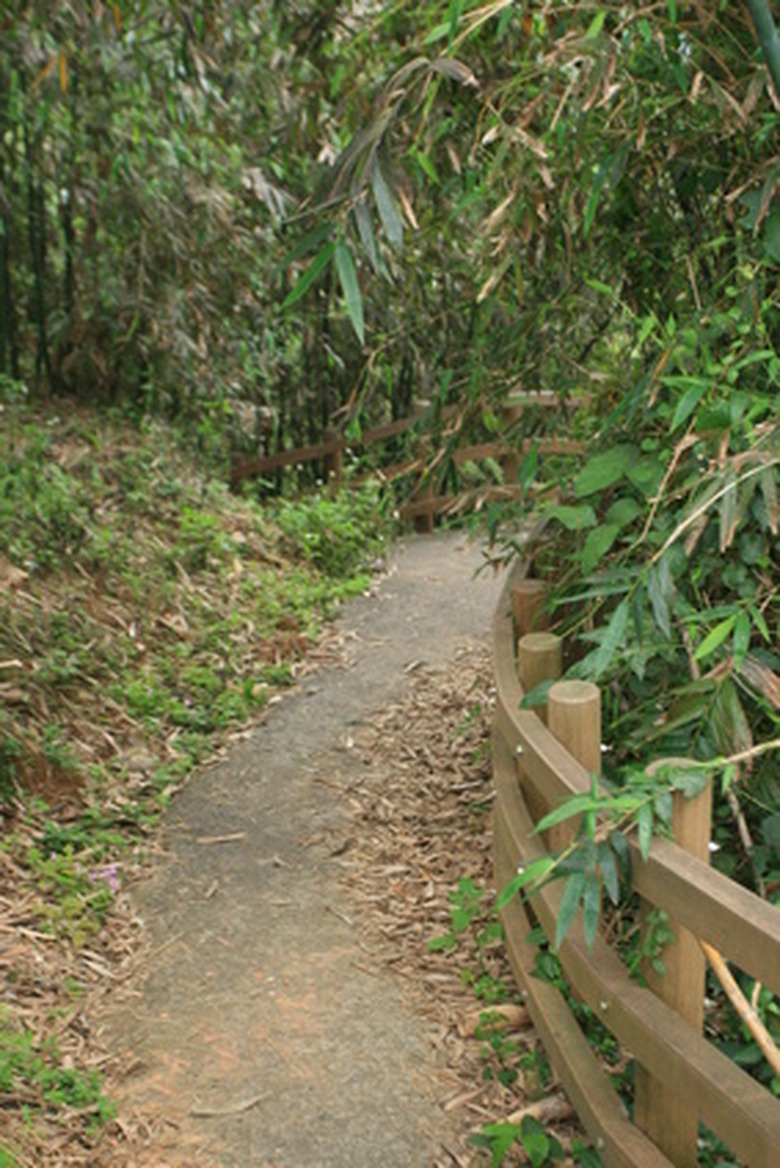Growing Bamboo In Northwest Washington
Things Needed
- Shovel
- Hoe
- Bamboo barrier (optional)
- Bamboo rhizomes
- Mulch
Most of Northwest Washington is USDA Hardiness Zone 8. This zone is very good for bamboo cultivation. In fact, Washington state has a native rush grass that looks and acts a lot like bamboo. Places in the Cascade Mountains and Olympic Mountains are the main parts of Northwest Washington that are not Zone 8. These areas are Zone 7, with some parts of Northwest Washington on the western side of the Cascades dropping down to Zone 6. If you live in the larger Zone 8 portions of Northwest Washington, your choices of bamboo are much greater. If you live in one of the colder zones, make sure the bamboo you are planting will winter over in your area.
- Most of Northwest Washington is USDA Hardiness Zone 8.
- Places in the Cascade Mountains and Olympic Mountains are the main parts of Northwest Washington that are not Zone 8.
Step 1
Dig out the area where you want to plant the bamboo down to a depth of 3 feet. Remove all the soil and set it aside.
Step 2
Line the hole with a bamboo barrier. Some commercial plastic barriers are available. However, concrete, metal or pressure-treated wood can also make a good barrier. Make sure the barrier extends 36 inches below ground and 4 to 6 inches above ground.
Step 3
Put the soil back in the hole. Leave some out so that you have a surface 8 inches below the surface of the surrounding soil.
- Dig out the area where you want to plant the bamboo down to a depth of 3 feet.
Step 4
Lay your bamboo rhizomes with the eyes up. Cover the rhizomes with about 8 inches of soil. Spacing will depend on the variety. Consult the information that came with your rhizomes for planting spacing.
Step 5
Mulch your newly planted bamboo with an inch of mulch.
Step 6
Keep your bamboo moist until it sprouts. Many varieties of bamboo are drought-tolerant, but the natural rainfall in Northwest Washington should be sufficient for bamboo.
- Lay your bamboo rhizomes with the eyes up.
- Consult the information that came with your rhizomes for planting spacing.
Tip
There are two types of bamboo. One is called clumping bamboo. The other is called running bamboo. If you are planting clumping bamboo, you probably do not need a bamboo barrier. However, running bamboo can become highly invasive, so a barrier is highly recommended. If you are not sure of the type of bamboo you are planting, using a barrier will prevent any unpleasant surprises after a year or two of growth.
